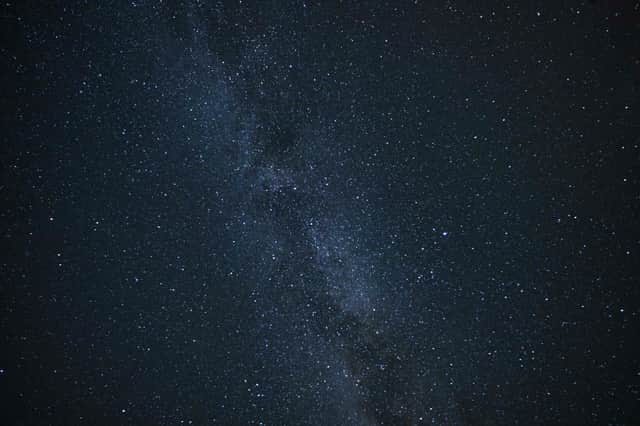Milky Way: doppelgänger of our galaxy discovered in distant space with a similar bar centre
This article contains affiliate links. We may earn a small commission on items purchased through this article, but that does not affect our editorial judgement.


Astronomers have discovered a doppelgänger of the Milky Way. The galaxy, known as Ceers-2112, was formed when the universe was around 15% of its current age. The galaxy looks like our Milky Way, as it is also a spiral galaxy, and has a similar middle bar.
Scientists think this bar rotates cylindrically and funnels gas into the galaxy's centre and sparks bursts of star formation. It was previously thought this structure marks the end of a galaxy's formative years but the new findings, by the James Webb Space Telescope (JWST), reveal galaxies that resemble our own already existed 11.7 billion years ago.
Advertisement
Hide AdAdvertisement
Hide AdCeers-2112 is observed at a redshift of 3, when the universe was 2,100 million years old. This was surprising, as the galactic bars are seen in roughly two-thirds of all spiral galaxies, but bars are thought to have formed about 4 billion years into the birth of the universe.
Studying detailed morphologies of faraway galaxies "is essential to understand their history, opening the door to new scenarios about galaxy formation and evolution," study co-author Cristina Cabello, who is a researcher at the Instituto de Física de Partículas y del Cosmos in Madrid, said in a statement. But the presence of the bar in Ceers-2112 challenges current theoretical models that predict the early universe's physical conditions, and features in the journal Nature.
"This discovery confirms that the evolution of this galaxy was dominated by baryons — the ordinary matter we are made of — and not by dark matter, despite its over-abundance, when the universe had only 15 percent of its actual age," said study co-author Jairo Abreu, who is a researcher at University of La Laguna.
Comment Guidelines
National World encourages reader discussion on our stories. User feedback, insights and back-and-forth exchanges add a rich layer of context to reporting. Please review our Community Guidelines before commenting.
